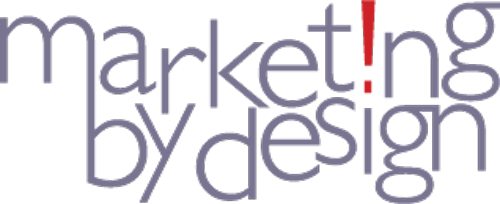How to Think Inside the Box
 I think of our client’s projects in the same way I think of boxes. I love interesting boxes: different shapes, different textures, different mechanisms to open, different purposes. You wouldn’t give an engagement ring in a packing box, and you wouldn’t pack computer ram in a velvet jewelry box — unless you are specifically going for an unexpected effect. From a simple packing box to a curved-sides box, to a silk-embroidered covered box, each box has its unique characteristics and purpose.
I think of our client’s projects in the same way I think of boxes. I love interesting boxes: different shapes, different textures, different mechanisms to open, different purposes. You wouldn’t give an engagement ring in a packing box, and you wouldn’t pack computer ram in a velvet jewelry box — unless you are specifically going for an unexpected effect. From a simple packing box to a curved-sides box, to a silk-embroidered covered box, each box has its unique characteristics and purpose.
Design projects are the same, with characteristics and a purpose unique to each. Defining the project means understanding (the optimal) target audience, the goal, the reasons for action (features/benefits), and how this project fits in context with the rest of the project or campaign components so that coherence with the brand is addressed. Printed materials, display graphics, user interface design and packaging all have different criteria, as do the different manufacturing or reproduction methods associated with each. It’s super-critical when those different methods all must represent the product and brand appropriately and consistently!
For example, our branding work with the Sacramento Tree Foundation over the last ten months has included a great group of projects that have asked us to become involved at several levels. Each project was a different ‘box’ to be designed and tailored to a strategy and audience. To have a thorough understanding we participated in developing initial strategy and messaging concepts, and then worked through the design and production phases on many projects in parallel tracks. We’ve been able to create a new look that honors the 25-year-long history and reflects the new human-focused messaging. The success of those projects will play out over the next year, in the varied applications and venues. This process is similar for all clients. By understanding and appreciating the unique purpose of each project that we can create just the right box to manifest your desired outcome.
 Was this post helpful? How do you approach your projects? Do you enjoy delving into each project and refining the problem or do you find it constrictive to your creative process?
Was this post helpful? How do you approach your projects? Do you enjoy delving into each project and refining the problem or do you find it constrictive to your creative process?
